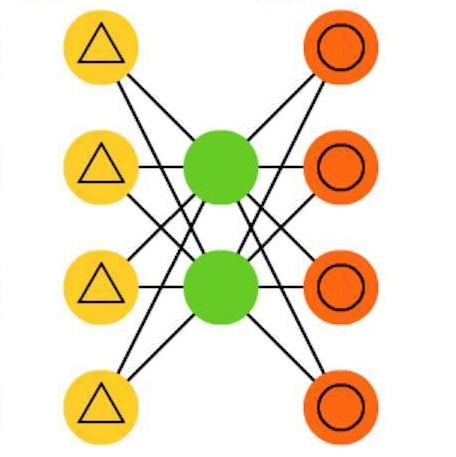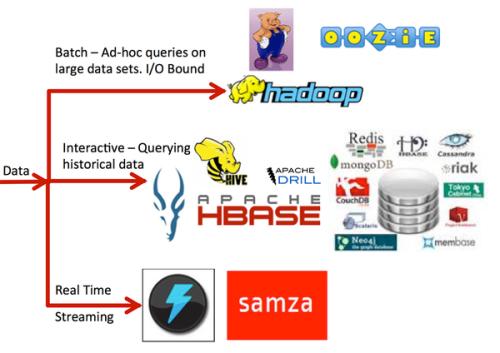An algorithm for three-dimensional dynamic vehicle-track-structure interaction (VTSI) analysis is described in this paper. The algorithm is described in terms of bridges and high-speed trains, but more generally applies to multibody systems coupled to deformable structures by time-varying kinematic constraints. Coupling is accomplished by a kinematic constraint/Lagrange multiplier approach, resulting in a system of index-3 Differential Algebraic Equations (DAE). Three main new concepts are developed. (i) A corotational approach is used to represent the vehicle (train) dynamics. Reference coordinate frames are fitted to the undeformed geometry of the bridge. While the displacements of the train can be large, deformations are taken to be small within these frames, resulting in linear (time-varying) rather than nonlinear dynamics. (ii) If conventional finite elements are used to discretize the track, the curvature is discontinuous across elements (and possibly rotation, too, for curved tracks). This results in spurious numerical oscillations in computed contact forces and accelerations, quantities of key interest in VTSI. A NURBS-based discretization is employed for the track to mitigate such oscillations. (iii) The higher order continuity due to using NURBS allows for alternative techniques for solving the VTSI system. First, enforcing constraints at the acceleration level reduces an index-3 DAE to an index-1 system that can be solved without numerical dissipation. Second, a constraint projection method is proposed to solve an index-3 DAE system without numerical dissipation by correcting wheel velocities and accelerations. Moreover, the modularity of the presented algorithm, resulting from a kinematic constraint/Lagrange multiplier formulation, enables ready integration of this VTSI approach in existing structural analysis and finite element software.
翻译:暂无翻译




